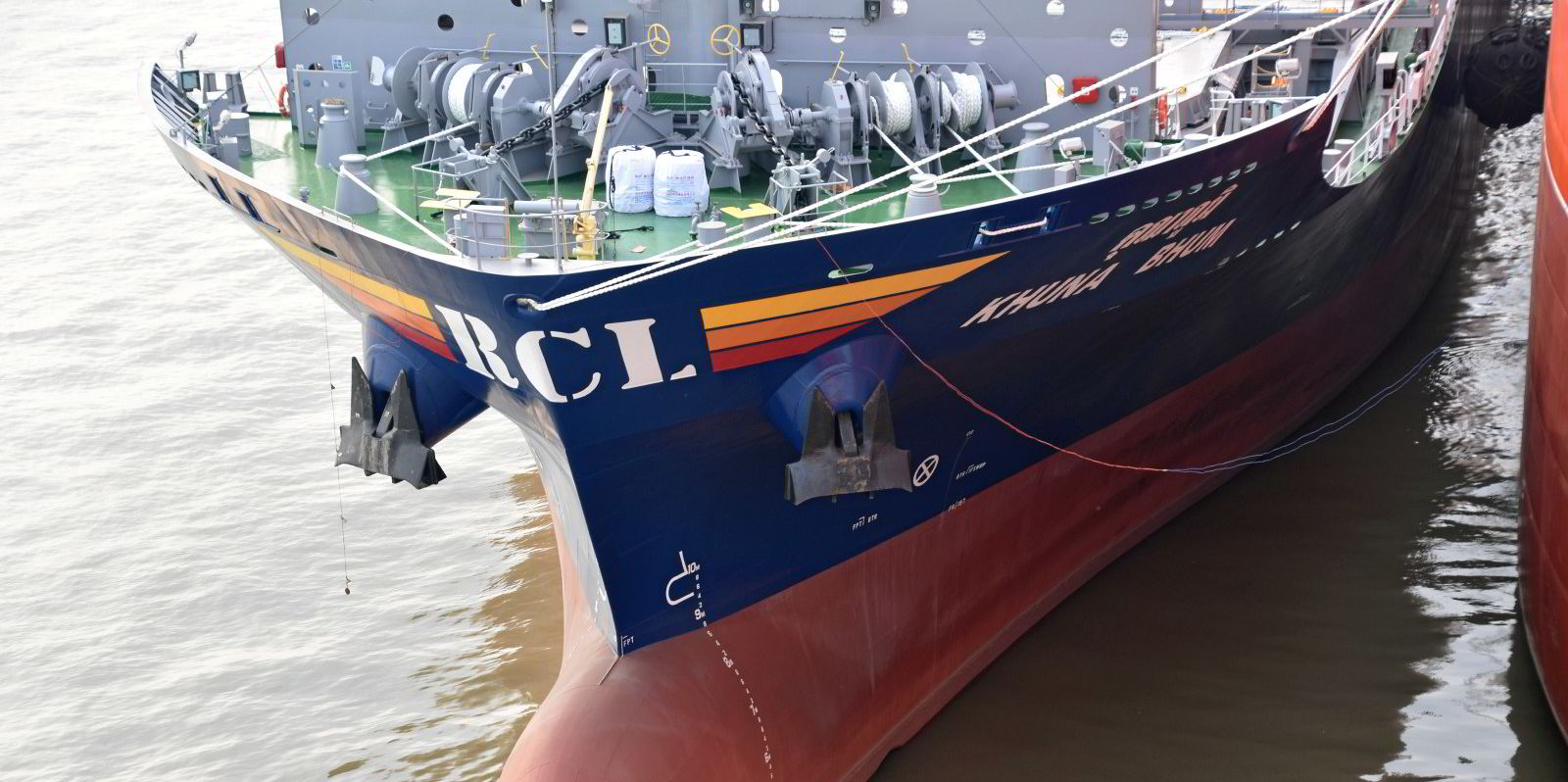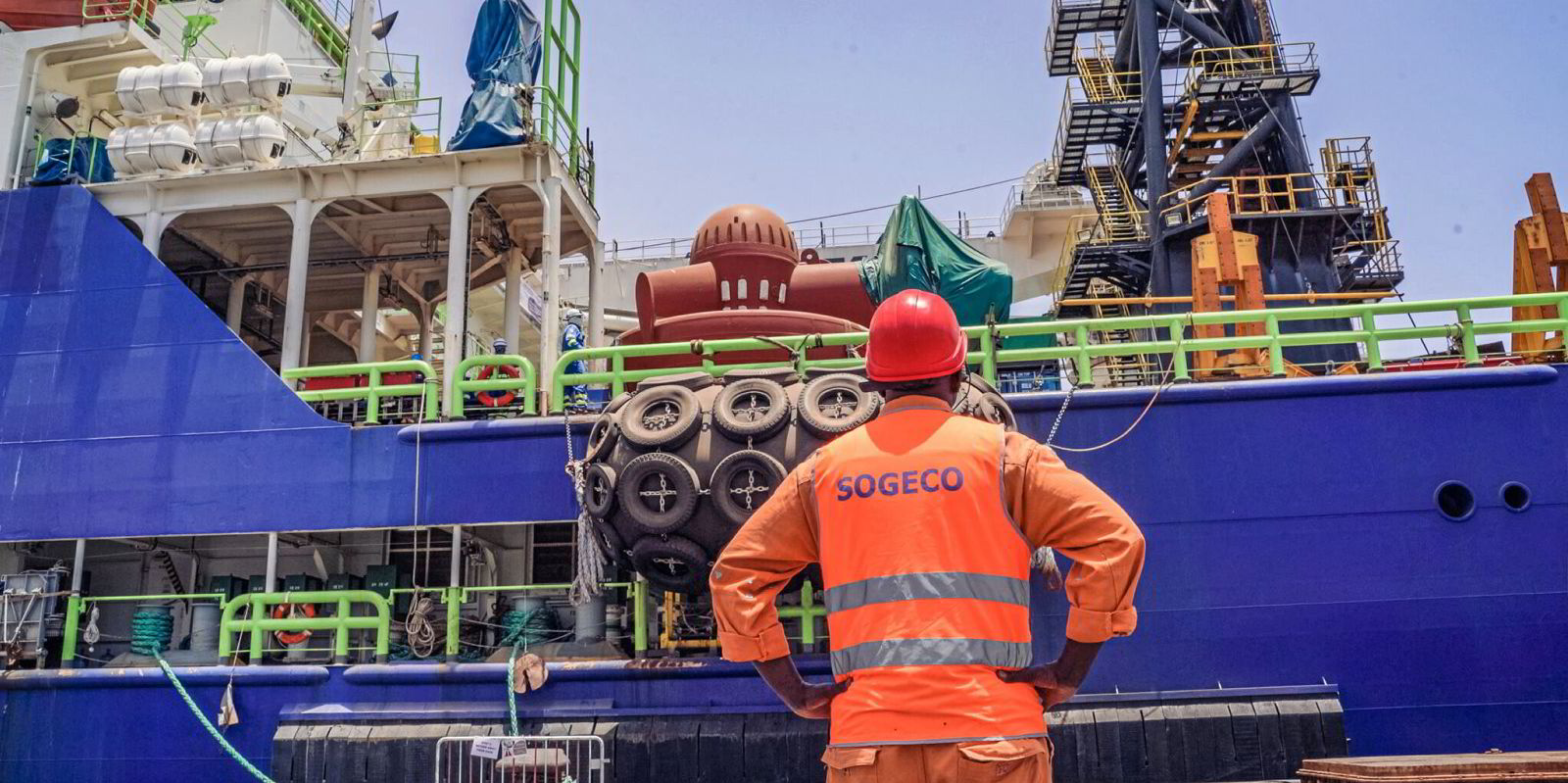Liner companies from Asia and the Middle East have teamed up to launch a service targeting emerging economies in Africa.
The companies are Regional Container Lines (RCL), Emirates Shipping Line, Global Feeder Shipping, Interasia Lines, KMTC Line and TS Lines.
Each member of the consortium will initially contribute one vessel with a nominal capacity of around 2,800 teu, according to RCL.
The service, which is due to be launched next month, will run on a 56-day route plying between Qingdao, Shanghai, Ningbo and Nansha in China; Port Klang in Malaysia; Mombasa in Kenya; and Dar Es Salaam in Tanzania, before returning to Port Klang and then back to Qingdao.
The new service will reportedly be the first to have a direct link between Qingdao and Dar Es Salaam.
“This is our first service into East Africa in which we have deployed a vessel. We had previously been buying space on the Middle East to Africa route in the first three quarters of this year,” an RCL spokesperson told TradeWinds.
“This vessel deployment into East Africa service is part of RCL’s continuous commitment to enhance our service coverage and to serve the needs of our customers.”
RCL owns and operates a fleet of 43 vessels between 388 teu and 11,714 teu.
Containerised imports into Africa in the first half of this year have grown by 10.1% compared with the same period in 2019 and by 6.7% from the historic high last year, according to Maersk Broker.
“The main driver of this increase has been the trade from Far East Asia into the African West Coast. The trade volume has grown by 20.9% compared to last year,” the Danish broker said.
“Volumes from the Middle East and South America into West Africa have also contributed to the increase.
“Such growth trends are also visible in the deployment on the Far East Asia-West Africa trade, where the deployed tonnage in October this year has grown by 22.3% in teu terms compared to the same period of 2022.”
Since most parts of Africa are experiencing rapid urbanisation, Maersk Broker expects the demand for building materials, electronics, furniture and other containerised goods to continue increasing.





